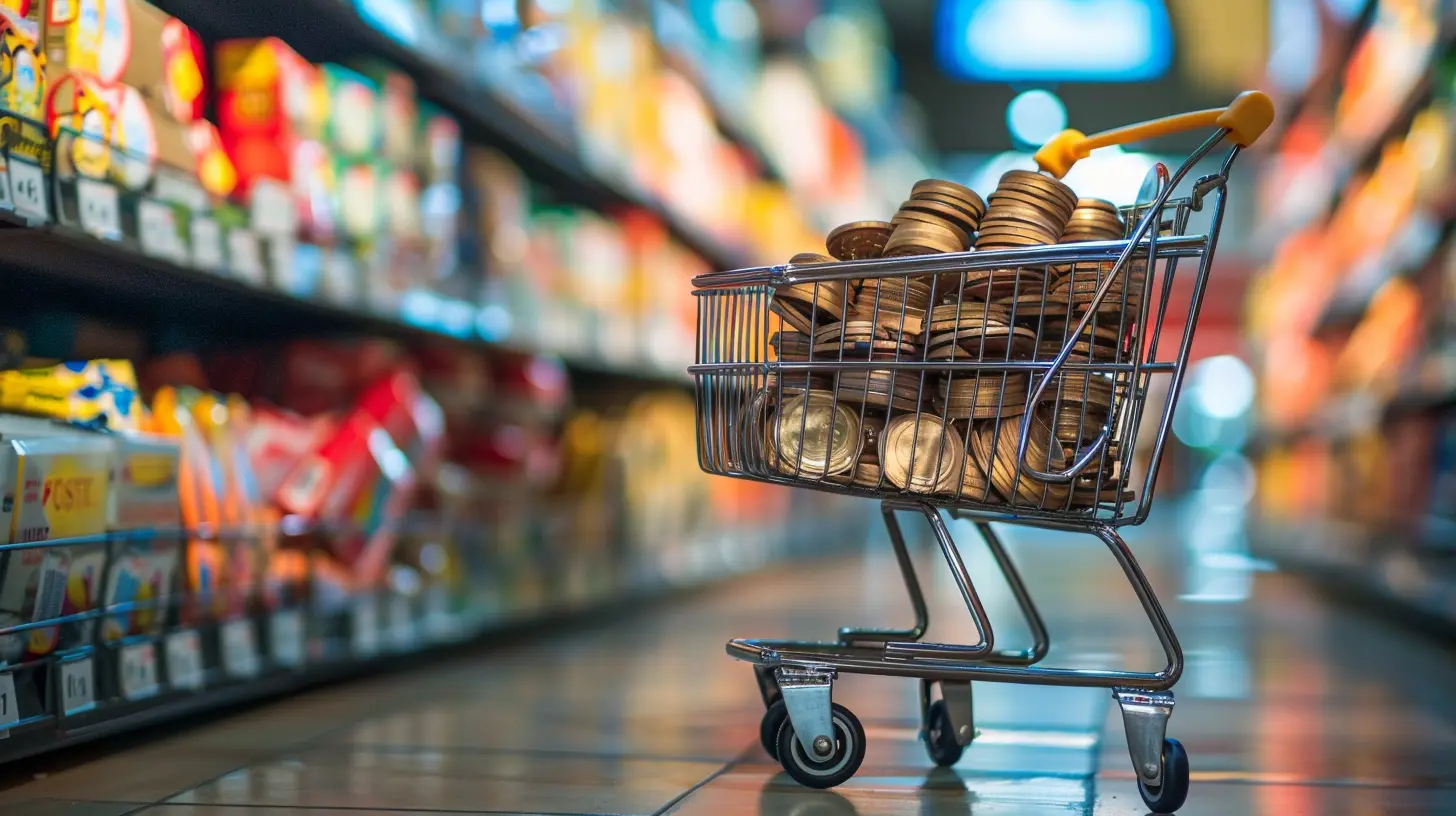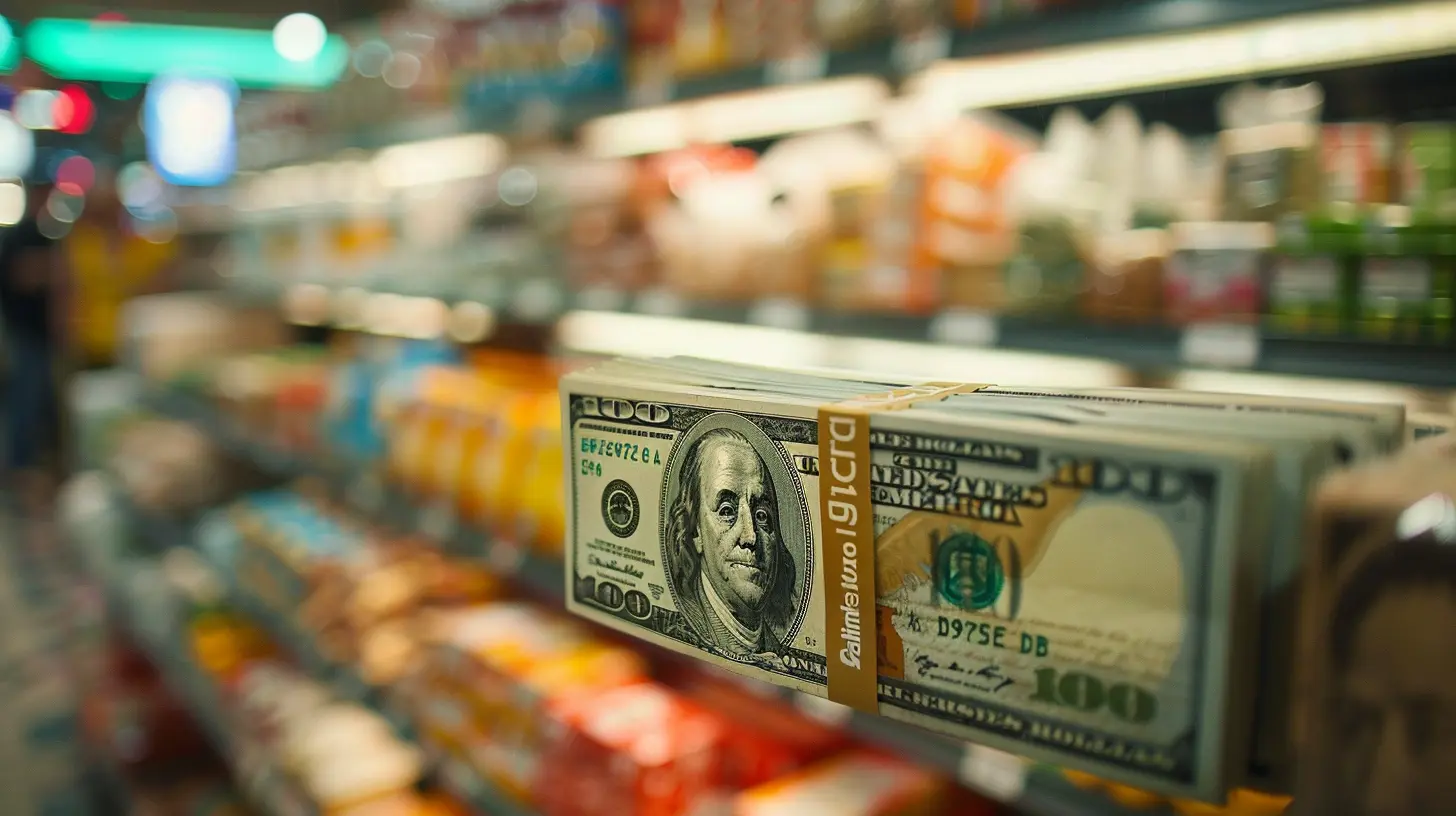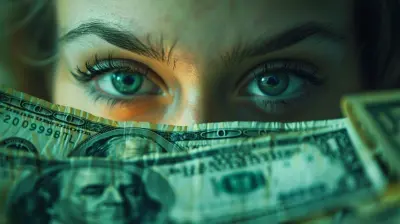The Link Between Consumer Credit and Economic Growth
18 August 2025
Consumer credit plays a crucial role in today's economy. From credit cards to personal loans, it enables individuals to spend beyond their immediate income, driving demand and economic activity. But how does this borrowing impact overall economic growth? Is it a catalyst for prosperity or a ticking time bomb?
Let's dive deep into the relationship between consumer credit and economic growth, breaking it down in an easy-to-understand way. 
What is Consumer Credit?
Before we go further, let's clarify what consumer credit actually is. In simple terms, consumer credit refers to money borrowed by individuals to purchase goods and services. It includes:- Credit cards – allowing users to buy now and pay later.
- Personal loans – for anything from medical expenses to home improvements.
- Auto loans – enabling car ownership without full upfront payment.
- Mortgages – long-term loans for home purchases.
Essentially, consumer credit gives people access to funds they don't have immediately, helping them manage large expenses over time. But as with anything financial, there's a balance to be maintained. 
The Role of Consumer Credit in Economic Growth
Economic growth is measured by the increase in a country’s total production of goods and services, also known as Gross Domestic Product (GDP). Now, where does consumer credit fit in?1. Boosting Consumer Spending
Consumer spending makes up a significant portion of GDP—often more than 60% in developed economies. When people have access to credit, they spend more on goods and services, increasing demand. This, in turn, leads to higher business revenues, job creation, and overall economic expansion.Ever noticed how holiday shopping seasons, backed by credit card purchases, help businesses thrive? That’s consumer credit fueling economic momentum.
2. Encouraging Business Growth and Investment
When consumers spend more, businesses grow. Retailers, manufacturers, and service providers see increased sales, allowing them to expand, hire more employees, and invest in innovation.Think about it—higher demand for cars (often purchased with auto loans) leads to more production in the automotive industry. This ripple effect stimulates supply chains, from raw materials to dealerships, contributing to wider economic progress.
3. Enhancing Financial Inclusion
Not everyone has large savings for big-ticket purchases. Consumer credit enables middle- and lower-income individuals to access opportunities they otherwise couldn’t afford, such as homeownership or higher education.This access leads to long-term financial improvements, like property appreciation or higher earning potential from a college degree—further fueling economic stability. 
The Dark Side: Potential Risks of Consumer Credit
While consumer credit promotes growth, excessive borrowing can lead to economic problems. Let's talk about the risks.1. Debt Overload and Financial Instability
When consumers borrow beyond their means, they struggle with repayments, leading to defaults. If this happens on a large scale, banks and financial institutions suffer losses, and lending tightens. This was a significant factor in the 2008 financial crisis, where excessive mortgage debt led to a banking collapse.2. Short-Term Growth vs. Long-Term Consequences
Yes, credit-driven spending boosts the economy in the short term. But if borrowing keeps rising faster than income, it's like fueling a car with nitrous—it speeds up temporarily but risks crashing hard.When too many consumers rely on credit, economic growth becomes fragile. If interest rates rise or job markets weaken, defaults increase, slowing down the entire economy.
3. Rising Interest Payments Reduce Future Spending
When people take on too much debt, a larger chunk of their income goes towards interest payments rather than new purchases. This means less money circulating in the economy in the long run, creating a drag on growth.
Finding the Right Balance
So, is consumer credit good or bad for economic growth? The answer lies in balance. When credit is used responsibly, it acts as a powerful economic driver. But when borrowing spirals out of control, it can trigger financial crises.1. Encouraging Responsible Borrowing
Consumers should be educated on managing credit wisely. Simple habits like tracking spending, paying off balances timely, and avoiding excessive debt can prevent financial stress.Governments and financial institutions also play a role in setting fair credit limits, promoting transparency, and ensuring borrowers don’t fall into debt traps.
2. Regulatory Measures to Prevent Crises
Central banks and regulatory bodies often monitor lending trends to ensure stability. Tools like interest rate adjustments and credit regulations help balance borrowing and prevent excessive debt bubbles from forming.For instance, when economies overheat with excessive borrowing, central banks raise interest rates to slow down credit growth. This keeps debt levels from spiraling out of control.
3. Building a Culture of Saving Alongside Borrowing
A strong economy isn’t just built on debt-fueled spending; saving and investing are equally important. Encouraging personal savings through incentives or policies ensures financial security while supporting sustainable economic growth.Imagine a seesaw—on one side is borrowing, on the other is saving. When both sides are balanced, the economy remains stable. But if borrowing far outweighs saving, the system becomes unstable.
Conclusion
Consumer credit and economic growth share a complex but undeniable link. When managed well, credit fuels spending, business expansion, and job creation. However, too much reliance on debt can lead to financial instability and long-term struggles.For sustainable economic prosperity, both individuals and policymakers must find the right balance between credit access and financial responsibility. After all, a healthy economy isn't just about spending more—it's about spending wisely.
all images in this post were generated using AI tools
Category:
Economic IndicatorsAuthor:

Knight Barrett
Discussion
rate this article
1 comments
Cerys Morris
Consumer credit fuels spending, driving economic growth and financial stability.
August 28, 2025 at 5:05 AM

Knight Barrett
Thank you for your comment! Indeed, consumer credit plays a crucial role in stimulating spending, which, in turn, supports economic growth and stability.


